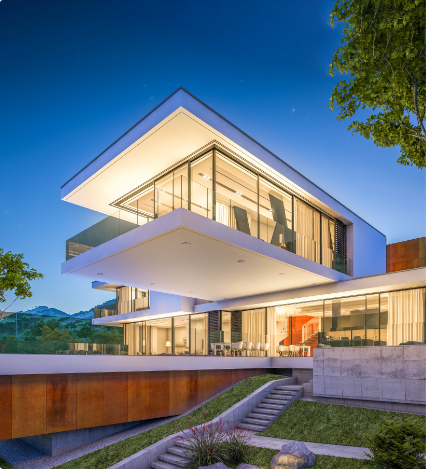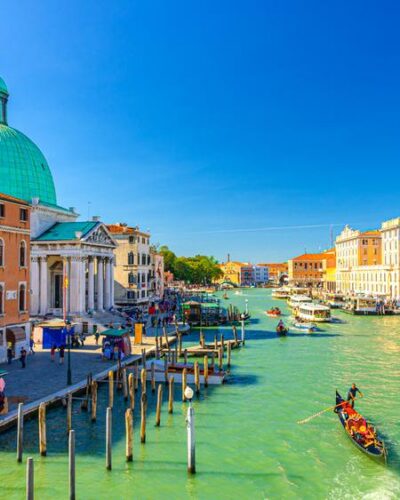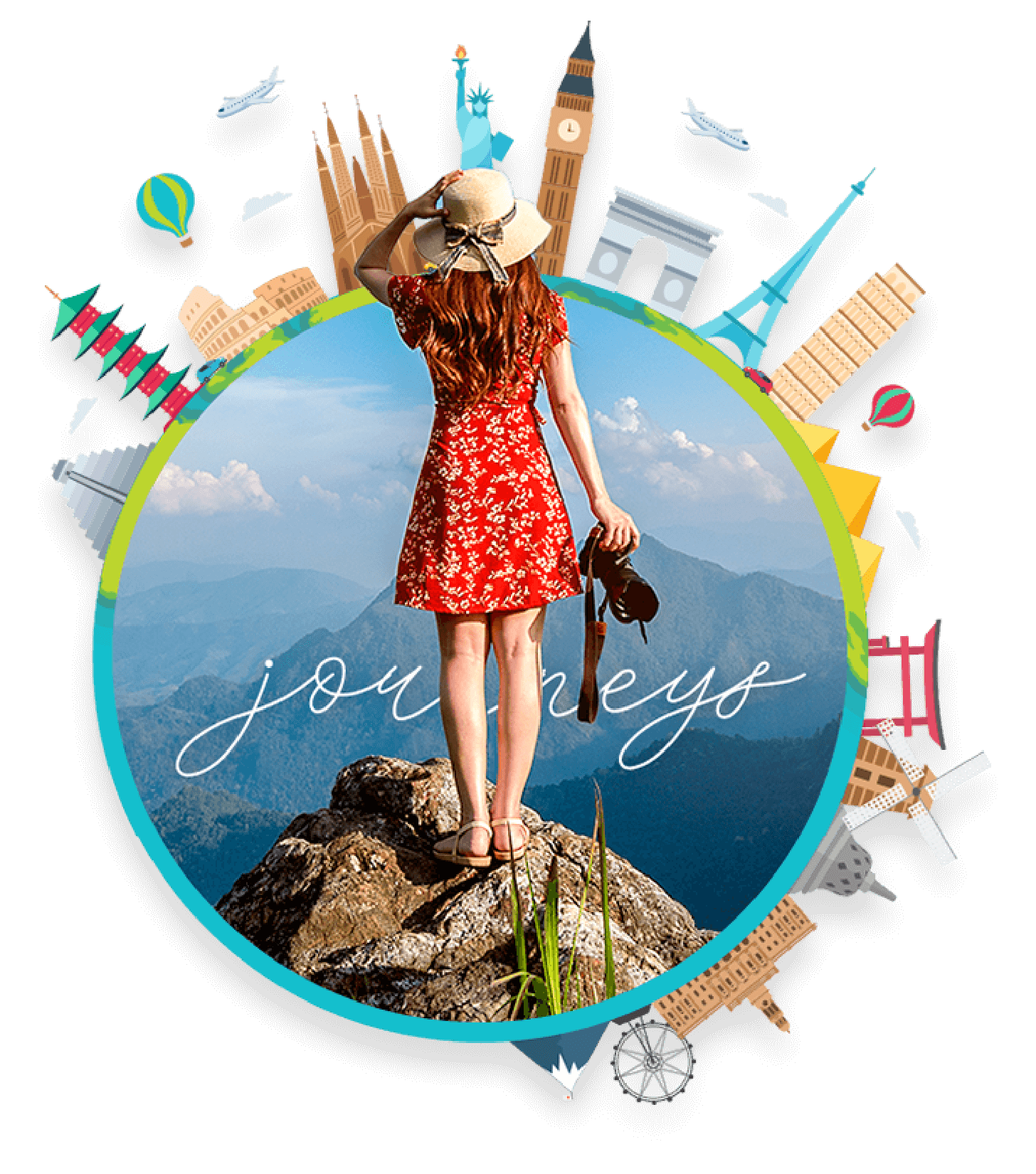Prepare to be amazed by Italy’s “Green Heart” when you visit the Umbria region. Bordering Tuscany in the north and Lazio in the south, Umbria is in Central Italy and is best known for its rolling green hills, mouthwatering cuisine, and charming hill towns. Umbria is the only region in Italy without a coastline, but what it lacks in sea views, it more than makes up for with its incredible mountains and lakes.
This region has a long and interesting history and is steadily growing in popularity. Previously overshadowed by the famous regions of Tuscany, where Florence is located, and Lazio, the region of Rome, Umbria is beginning to see a surge in tourism and in the purchase of land from foreigners. Visitors are enthralled by the natural beauty, quaint villages, and incredible food and wine.
When planning a trip to the Umbria region, it is helpful to have a basic understanding of the history, geography, and top attractions to ensure that you see everything you want to see. This travel guide will cover the history of Umbria, the top attractions, cuisine, and more to help aid you in planning your unforgettable Umbria vacation.
History of Umbria
The region of Umbria is steeped in a long history that goes all the way back to when the area was inhabited by the Umbri people of ancient Italy. The Umbri chose to settle on easily defended hilltops throughout the region, some of which can still be seen today.
Umbria has also been part of the Roman Republic and the Napoleonic Empire. During WWII, the region was heavily bombed, and in 1944 became a battlefield between the allied forces and the Germans. It wasn’t until 1946 that Umbria was incorporated as a region into the Italian Republic.
Umbria has also played a part in the history of art. It is the region where the reddish-brown pigment called Umber was first extracted. The name Umber comes from the Italian name for it, terra d’ombra, or earth of Umbria.
Features of Umbria
It is easy to see how Umbria got the title “The Green Heart of Italy.” Endless rolling hills of vibrant green, charming cobblestone-street hamlets perched atop hillsides, and beautiful rows of grape vines are all common sights when traveling through Umbria.
The Apennine Mountains, which stretch across Italy from Reggio di Calabria in the south to Altare in the north, are a significant feature of Umbria. These imposing peaks are great for hiking, camping, and, especially in Umbria, truffle hunting.
It is no surprise that truffles are one of the most well-known dishes of Umbria. Umbria is one of the biggest truffle producers in Italy, both of black truffles and the more rare white truffle. Joining a guided truffle hunt through the wilds of Umbria is a fantastic way to experience the nature and culture of this region.
When to Visit
Like the rest of Italy, Umbria has something to offer in each season.
Spring and autumn are fantastic times to visit, with smaller crowds, great weather, and the grape harvest occurring in the fall.
Summer is often hot and crowded, but the higher elevation towns in the mountains provide welcome cooler weather. Remember that August is the month that many Italians take off work and head to the coast for their holidays, so you’re likely to find that small restaurants and shops will be closed.
Winter can bring some cool weather, though snow is rare and the temperature generally doesn’t dip below freezing. It can be a great season to visit if you want to avoid crowds when exploring the Umbrian countryside.
What To See
Perugia
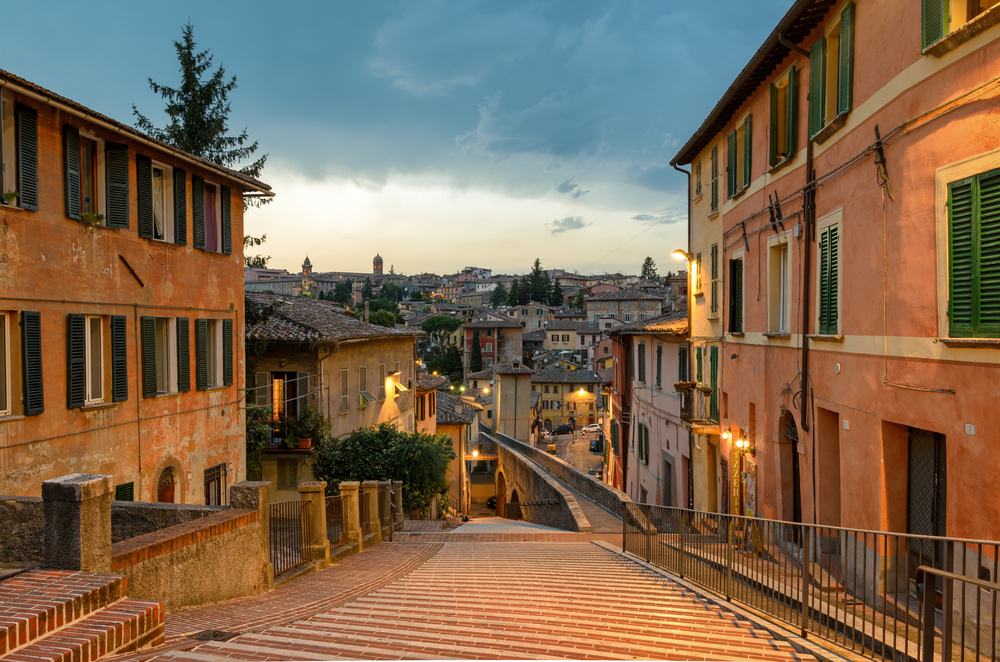
Large cities aren’t typically the main draw to Umbria, but the capital city of Perugia can’t be missed. The stunning medieval city center, delicious food, and Renaissance art all make Perugia stand out as one of the top features of Umbria.
Assisi
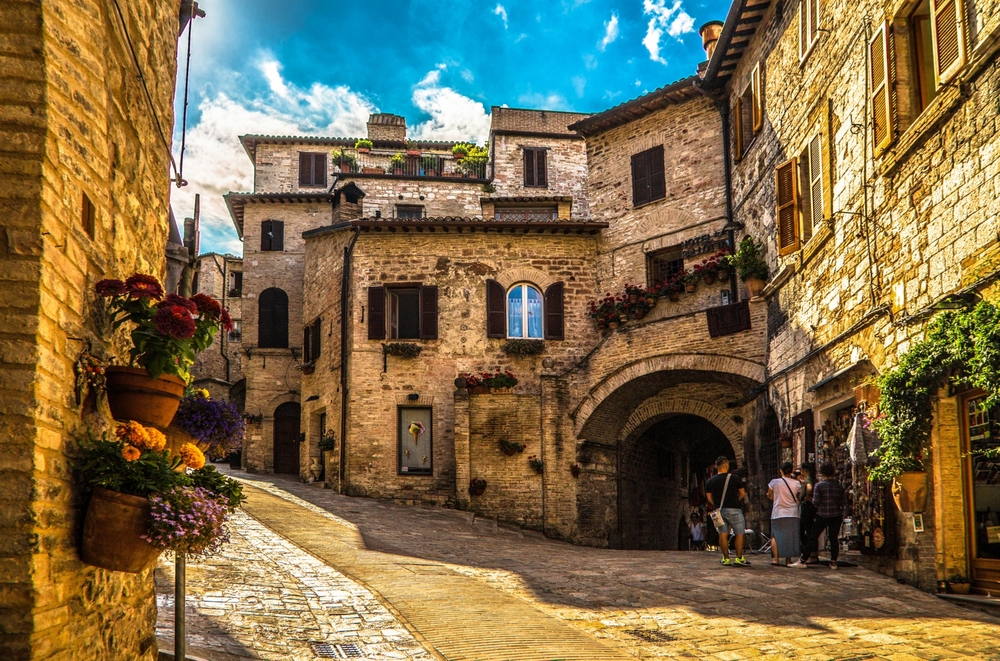
The nearby town of Assisi is smaller than Perugia, but still filled with numerous exciting attractions. The Francescan structures in Assisi were designated a World Heritage Site by UNESCO in 2000, and the two major basilicas in the town are the only ones outside of Rome.
Spoleto
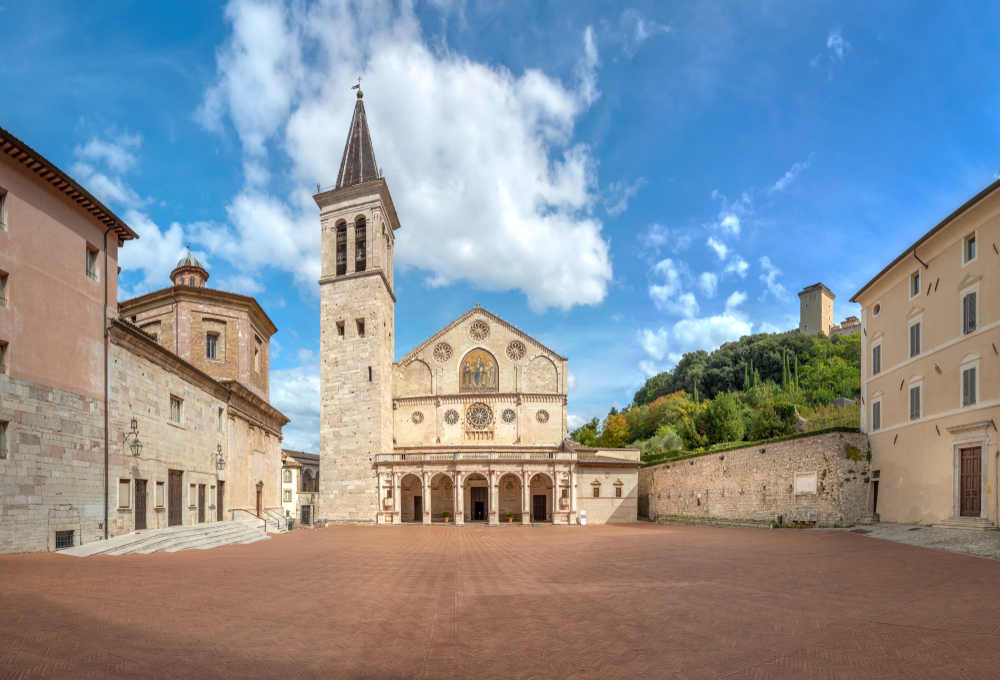
Spoleto is another Umbrian city that is large enough to have plenty of options of activities and food, but small enough that it retains the charm of Umbria. This city is surrounded by olive groves, vineyards, and endless rolling hills. Visiting the city fortress and archaeological museum are great ways to spend a day in the city.
For those wanting to escape the hustle and bustle of cities, Umbria is the perfect region for a village getaway. The small historic towns dotting the landscape, known as hamlets, are typically tranquil, peaceful, and visually stunning.
Spello
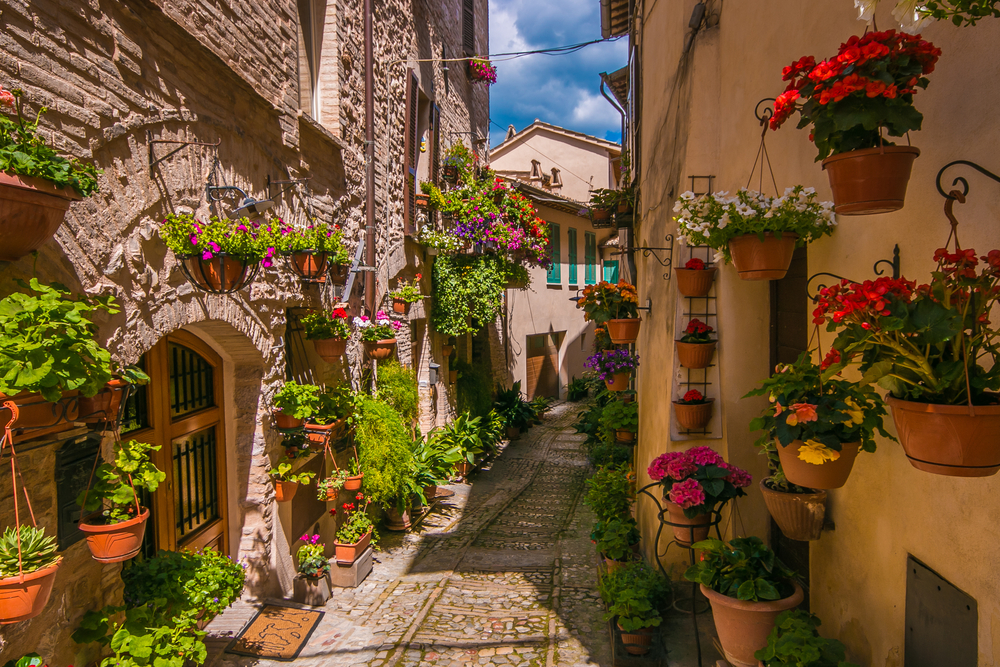
Spello is consistently considered one of the most beautiful towns in Italy. The ancient walled village is a short distance from Assisi and is one of the few hilltop villages in Umbria that has a train station, making this an excellent town for either a day trip or as a base for exploring the rest of Umbria.
Citta della Pieve
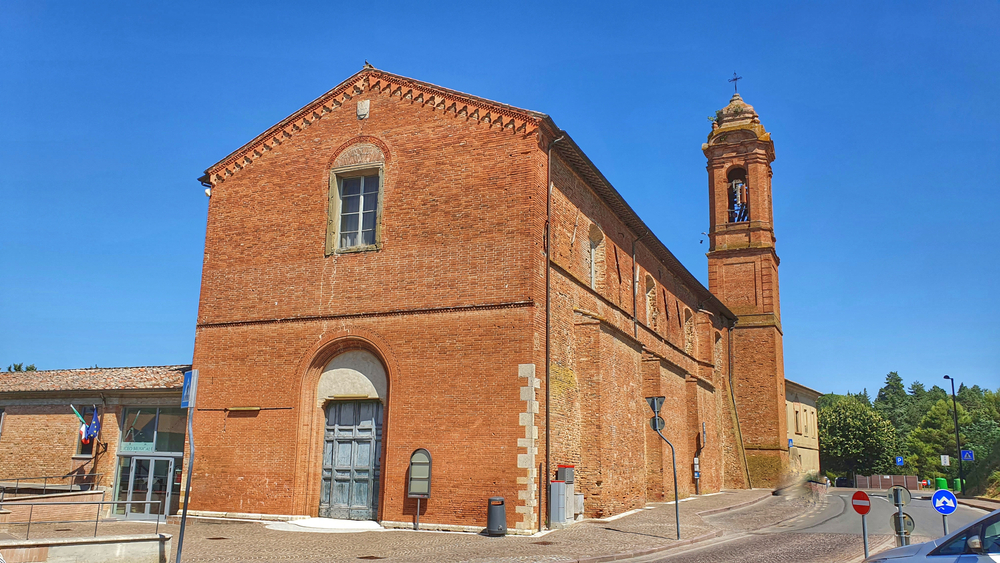
The small commune of Citta della Pieve is a great choice for travelers wanting to experience a traditional Umbrian hilltop town. The all-brick buildings are picture-perfect and you can find frescos by artist Il Perugino in the Church of Santa Maria dei Servi. Citta della Pieve is known for blending Umbrian and Tuscan landscapes and cuisine and is particularly famed for its saffron production.
Todi

The town of Todi is situated on a steep hillside overlooking the Tiber River valley. Since it is truly built into the hillside, be prepared for a good walk or enjoy a ride on the funicular that helps you avoid the steepest areas. Visit the piazza in the center of town before stopping in one of the many restaurants serving Umbrian and Tuscany favorites.
What To Do
Truffle Hunting
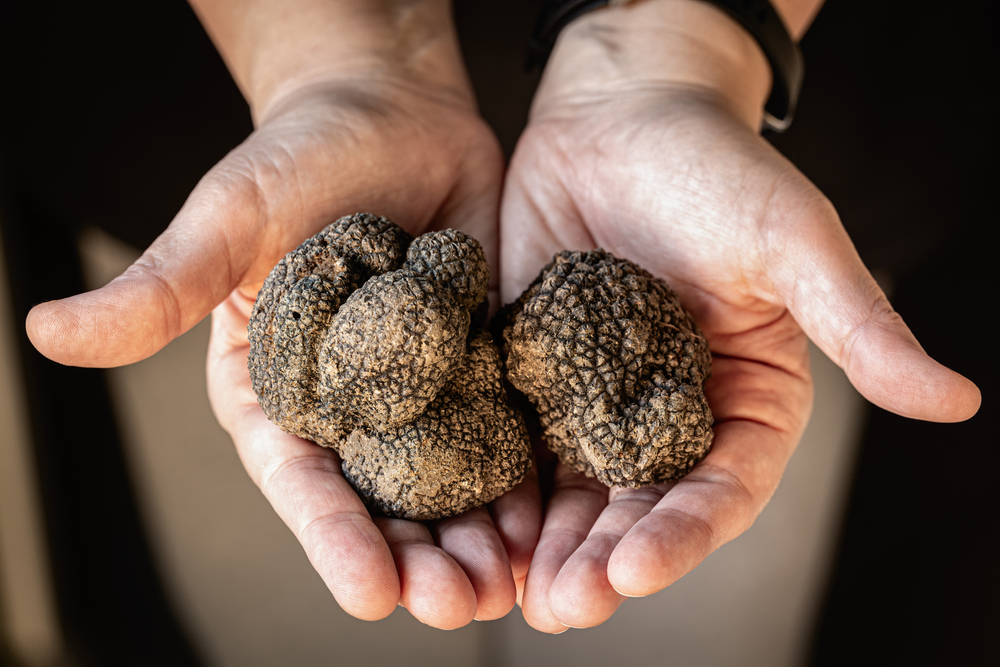
One of the most exciting and quintessentially Umbrian activities you can partake in while on your Umbria vacation is going truffle hunting. A truffle hunt typically consists of a pleasant walk through the lush woods with a truffle hunter and their truffle hunting dog.
The dogs are trained to sniff out the truffles which hide deep in the earth and will excitedly lead you all over the woods as they search. Once the dog starts digging for the truffle, the hunter will carefully remove the mushroom-like fungus from the ground. These hunts typically end with a taste test of the delicious fresh truffles that you’ve just found.
Outdoor Activities
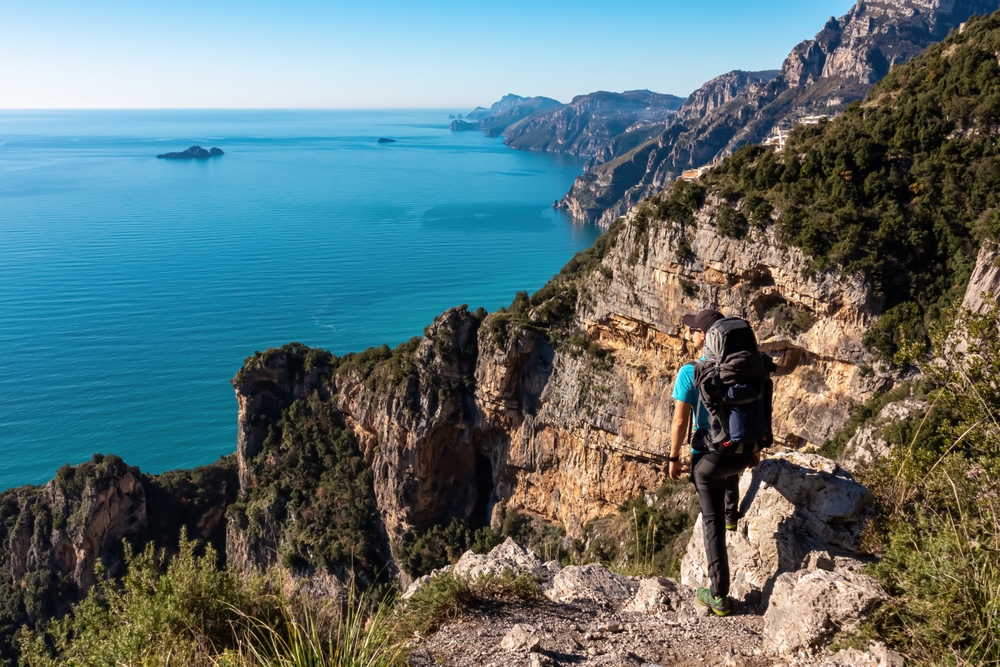
Hiking in the Apennine Mountains is highly recommended and will provide unforgettable views. Although Umbria isn’t as developed for hiking as some other mountainous regions in Europe, you can still find great trails. The Franciscan Trail is the most popular, and follows trail 51 from Assisi to the medieval village of Nocera.
Umbria is known for the many waterfalls in the area, including the tallest man-made waterfall in Europe. Marmore Waterfall was created by the ancient Romans over 2,000 years ago and is still a popular destination to this day.
Adrenaline junkies will love the chance to go whitewater rafting in Umbria. The Black River and its tributaries are great for all levels of paddlers, with the mountainous geography providing for great rapids.
Horseback riding is also a popular activity in Umbria. You can expect a day full of beautiful views, delicious food, and of course, quality time with the beautiful horses. Most rides will take you on a trek through rolling hills and into some of the beautiful medieval villages in the area.
Cultural sites
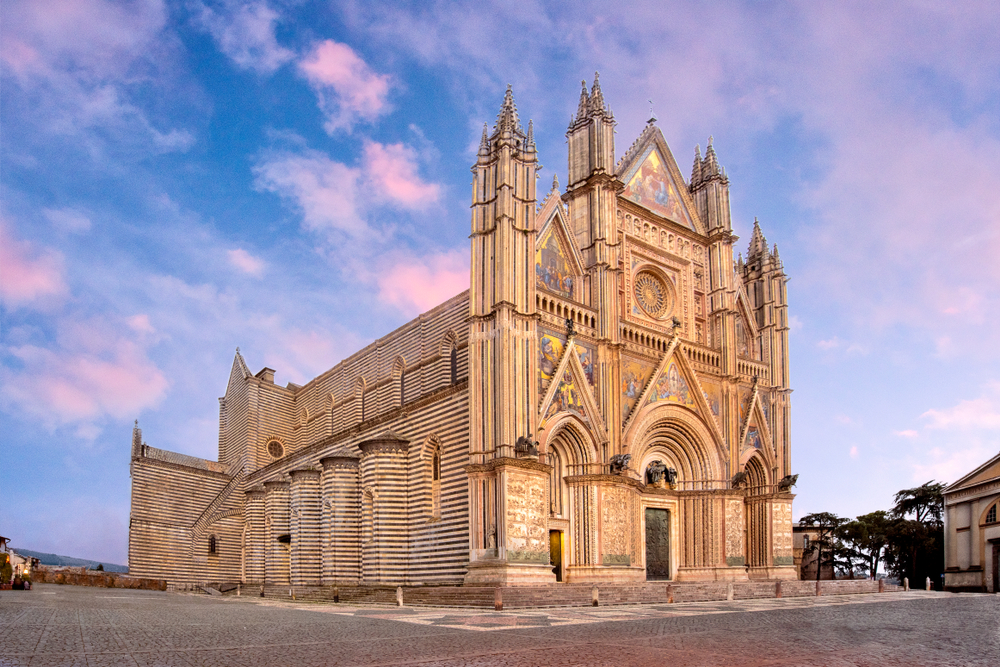
Umbria has had a long and sometimes rocky history, meaning the cultural and historical sites in the area are particularly interesting. As is typical in Italy, many of the sites have religious significance, such as the Basilica de San Francesco in Assisi or the Duomo di Orvieto in the center of Orvieto.
Perugia itself has numerous significant sites, including the Palazzo dei Priori and Piazza IV Novembre. The walls around the city center are an attraction on their own, and the paintings and frescoes in the National Gallery are unforgettable.
Narni Sotterranea is an awe-inspiring archeological site. This collection of underground rooms was only recently rediscovered in 1979 after having been forgotten for hundreds of years. Take a tour to see the frescos and prison cells in the unique site.
Wine tasting

Wine tasting is a must-do activity for your Italian vacation, and Umbria has some of the best, yet most overlooked, vineyards in the country. Umbria produces both white and red local wines and has the honor of two DOCG wines, so you can be sure that a day spent at any of the numerous wineries in the area will be a day well spent.
What To Eat
The cuisine of Umbria is generally comprised of hearty, simple dishes utilizing local, seasonal ingredients. Since the region has no coastline, the dishes feature vegetables, grains, legumes, lake fish, and meat dishes.
Whatever you order, you expect your meal served with fresh baked bread and olive oil for dipping. Just be sure to sprinkle some salt and pepper in the oil to really bring out the flavors!
Seasonal produce, such as mushrooms, wild asparagus, and of course, truffles, are important in Umbrian cuisine. Truffles are used in numerous dishes, with one of the most typical Umbrian dishes being strangozzi pasta served with black truffles. They are so beloved in the region that there are even festivals dedicated to them. Black truffles tend to be found in the Valnerina area, while rare white truffles are harvested from the Upper Tevere valley and Eugubino Gualdese.
Hearty meat-based dishes are a staple in Umbria. Lamb, pork, and wild game are all typical in the region, but it is probably best known for roast suckling pig. The town of Norcia is famous for its butchering and meat curing techniques, so famous in fact that the preservation technique itself is called norcino.
Umbrian wine is often overshadowed by Tuscan wine, but this region produces incredible reds and whites. One of the best-known is the crisp white Orvieto, made from the Grechetto grape and providing a delicious wine that is slightly fruity while still being dry.
Umbria has two DOCG red wines. DOCG stands for Denominazione di Origine Controllata e Garantita, or Denomination of Controlled and Guaranteed Origin. In simple terms, this is the highest quality classification an Italian wine can get.
The first of these is the Montefalco Sagrantino DOCG, a highly tannic wine from the Sagrantino grape and only grown outside the tiny Montefalco village. The other is the Torgiano Rosso Riserva DOCG, sourced from grapes grown in the higher elevation Torgiano area and aged for three years.
Getting Around Umbria
By Air
There is only one airport in Umbria, Perugia San Francesco d’Assisi. It is served by a few airlines, including the popular budget airline Ryanair. Still, it might be easier and cheaper to fly into a larger city, such as Rome, Florence, or Pisa, and drive or take the train into Umbria.
By Public Transportation
Italy has a fantastic public transportation system, and you will find that train travel throughout the country is very comfortable. In Umbria, you can easily take the train between the larger cities and towns, but the network doesn’t extend to the small hamlets you might wish to visit. Buses might be slower than trains, but they can help make up for gaps in the rail system to get you where you need to go.
By Car
Renting a car is the best method of transportation in Umbria if you wish to visit the charming hilltop hamlets or any of the remote hiking opportunities. While there is public transportation between major towns and villages, it is very difficult to get to off-the-beaten-track locations without a car. You will appreciate the flexibility of having a car when exploring Umbria.
Day Trips from Umbria
Day trips from Perugia to locations in Umbria and further afield are easy. Whether you have rented your own car or are utilizing Italy’s fantastic public transportation system, there is a wealth of gorgeous destinations to visit for a day.
Arezzo
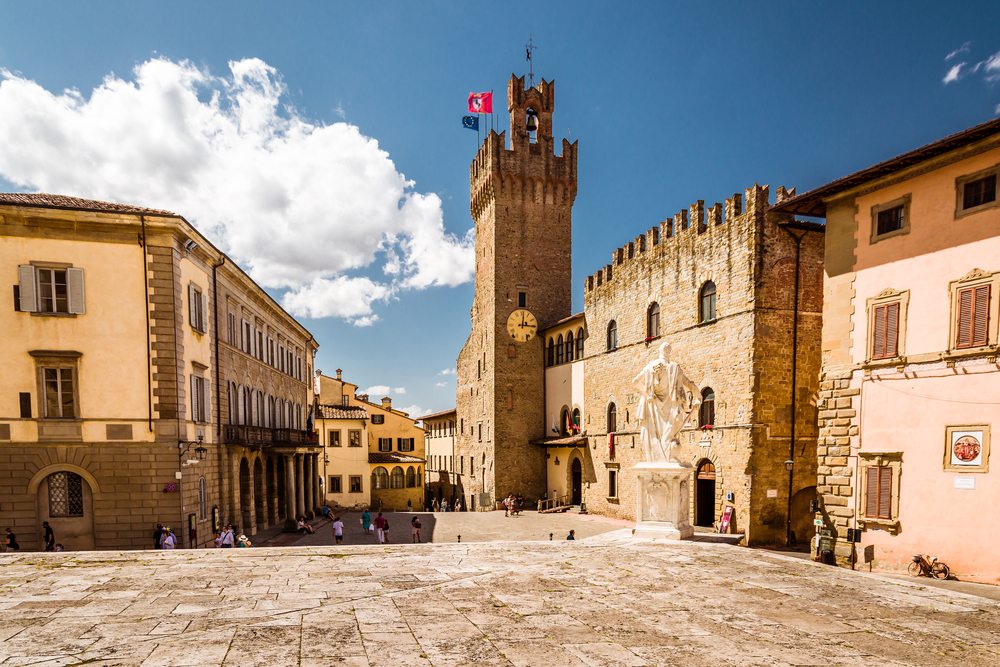
Arezzo is a magical and too often overlooked city in Tuscany. The ancient city is very walkable and features numerous green spaces. Make your way to the hilltop Arezzo Cathedral and Medicean Fortress for sweeping views across the city and valley beyond.
Terni
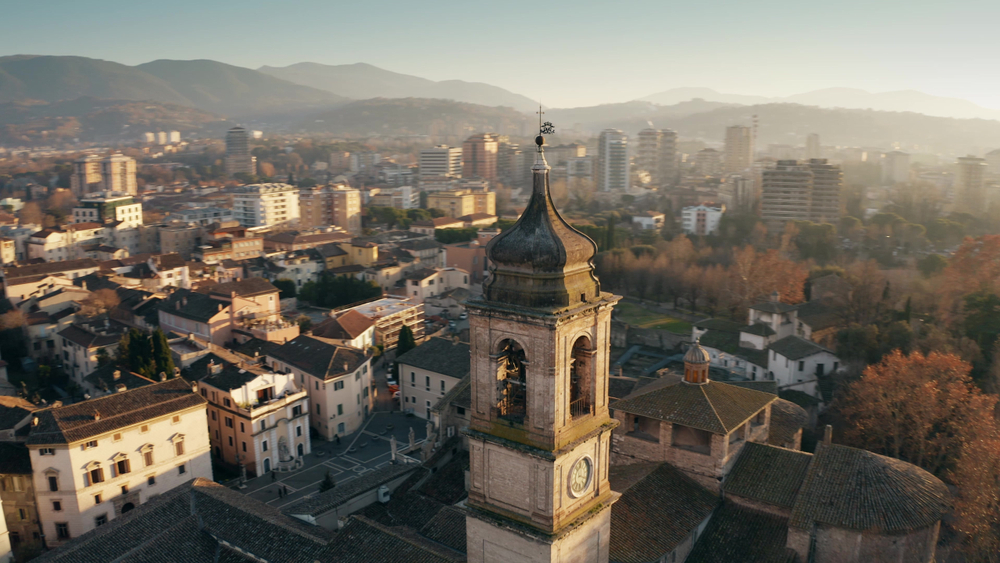
For a romantic day trip, why not visit the City of Lovers? Terni, located in southern Umbria near the border with Lazio, is the birthplace of Saint Valentine himself. This beautiful city offers many attractions, such as the Basilica san Valentino and the ancient Roman amphitheater. Surrounding the city are many popular natural sites, such as Cascata delle Marmore and Parco Fluviale del Nera.
San Marino
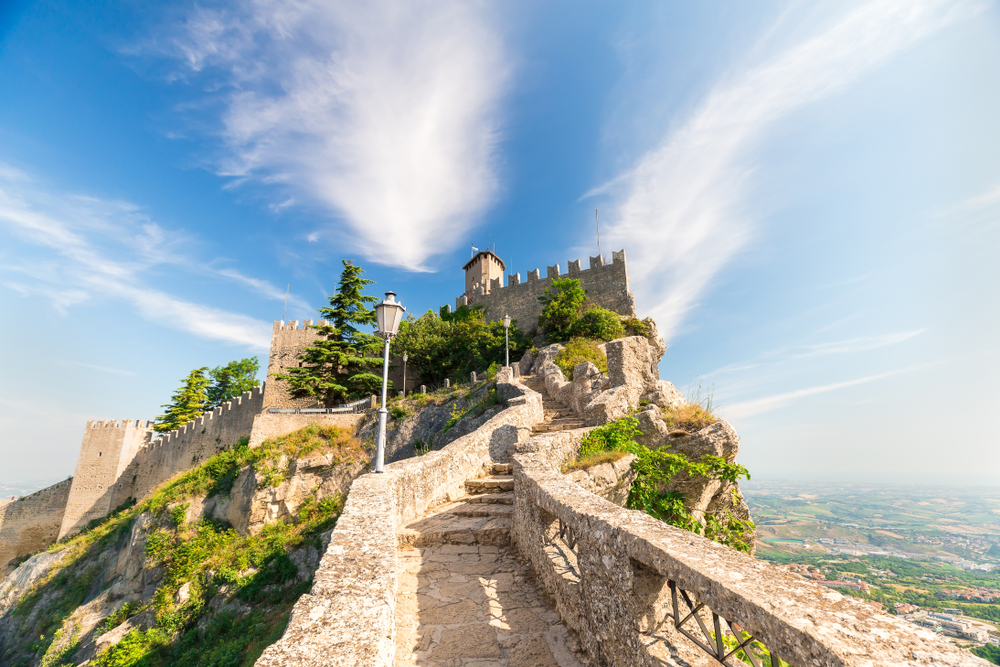
Travel to another country for the day! San Marino is considered a microstate and is completely surrounded by Italy. Only 24 square miles, this tiny mountainous country has a lot to offer. Unfortunately, there is no train that takes you to San Marino, but you can either drive there, about 2.5 hours from Perugia, or take the train to Rimini and then take a taxi into San Marino.
Florence

A day trip to Florence from Perugia will be a long day, but it is possible and definitely worth it! Take the train to Firenze Santa Maria Novella station and begin your day of exploration in this center of Italian culture. Head to the Accademia Gallery to see Michaelangelo’s David, and then stroll around the Ponte Vecchio bridge for shopping and gelato. The famous Florence Duomo in the city center can’t be missed, and of course, be sure to stop at one of the many restaurants for pasta and a Florentine steak!
Featured Image Credit: Shaiith
